It’s been 20 years since I stood in a windswept, wasteland of land within the rugged Irish midlands watching choreographer Michael Keegan-Dolan constructing a house for himself, close to an area for his firm, then referred to as Fabulous Beast Dance Theatre, together with his naked arms.
“Some individuals like taking a look at icebergs, some individuals like taking a look at lakes,” he advised me then. “I like wanting on the Irish midlands.”
The nation’s up to date dance scene on the time—and wherein Keegan-Dolan had grown up—was as barren as that panorama. Although Riverdance had introduced worldwide fame to a turbo-charged, commercialized model of its folks dances, Eire had no official nationwide ballet, few choreographers of worldwide stature, and only a handful of impartial dance corporations, toiling away in relative obscurity. And till 2002, for these with a need to see worldwide work on tour, there have been no devoted festivals and a dearth of contemporary venues giant sufficient or sufficiently outfitted.
Quick-forward 20 years and the state of affairs couldn’t be extra radically totally different. Irish up to date dance is having fun with an unprecedented increase. A few of it has been powered by Keegan-Dolan himself, who has develop into an undisputed pressure in international dance. He routinely excursions to flagship venues around the globe and has picked up Olivier nominations for reveals, together with for a primordial 2003 Giselle, transplanted to the distant Irish city of Ballyfeeny, and The Bull, in 2005, that includes an uproarious spoof of Riverdance. His newest, Nobodaddy, seen at London’s Sadler’s Wells final autumn, combines themes from the poet William Blake, absurdist dramatic fragments worthy of Samuel Beckett, and emphatically eccentric motion. (At one level, a dancer smears his physique in Irish Kerrygold butter.)
However Keegan-Dolan is not a lone crusader, and is joined by an upstart flurry of corporations and choreographers. These embrace Oona Doherty, the Northern Irish artist whose uncooked, subversive works have put her on the worldwide dance map over the course of the previous decade. There’s additionally former ballet dancer, now multidisciplinary disruptor, Emma Martin. Her 2019 work Birdboy, a chunk for younger and grownup audiences which she describes as “a tribute to all of the bizarre youngsters left on the sidelines,” was revived in February this yr on the brand new Sadler’s Wells East stage. “I feel it’s actually thrilling in Eire in the intervening time,” Martin says. “Within the final three or 4 years, we’ve been getting extra worldwide engagements. For such a small nation, we’re doing nicely.”
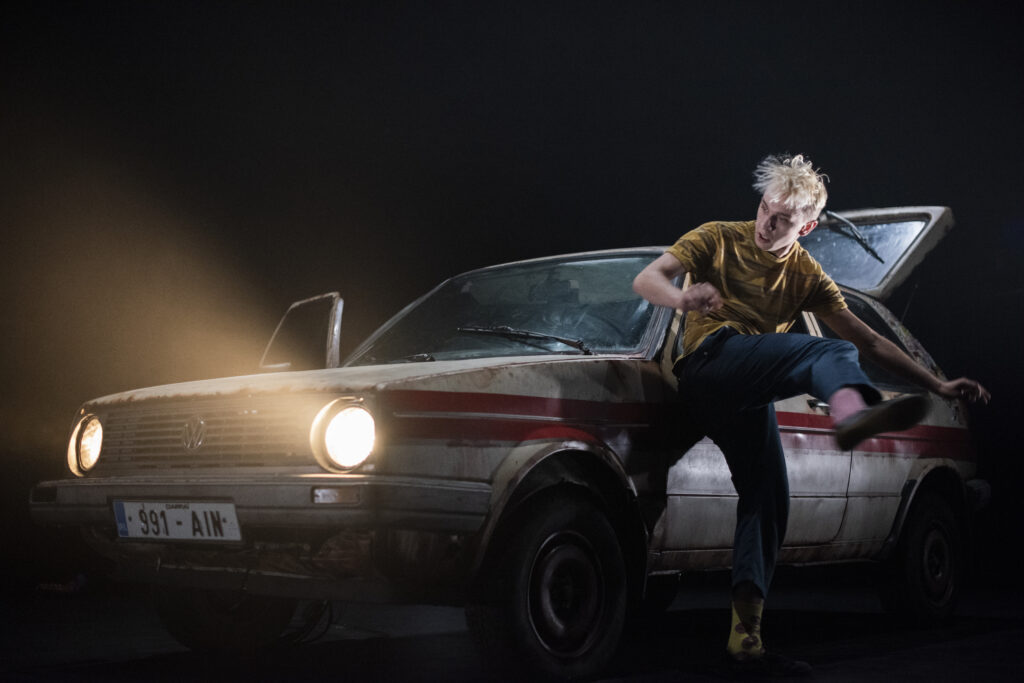
Choreographer Catherine Younger agrees. Younger has simply completed the Irish tour of her intertwined dance, documentary, live-music, and textual content reflection on life and freedom to maneuver within the Palestinian West Financial institution, entitled Floating on a Useless Sea (2021). “The amount of individuals round working in dance didn’t exist 20 years in the past,” she says. “Now you’re seeing much more range within the type of choreography and motion.”

One of the important developments has been the creation of a brand new nationwide dance firm, Luail (which suggests “motion” within the Irish language). Liz Roche—who has woven elegant danceworks from the poems of W. B. Yeats, and created a condensed motion model of James Joyce’s Ulysses—was appointed creative director of Luail when it launched final yr. She plans “to create an setting the place we’d have a full-time core ensemble of dancers,” she says, and to “create a house for that firm”—a constructing of its personal.
Although some dance artists have apprehensive that Luail may take up a lot of Eire’s dance finances, to this point Roche seems to have averted potential pitfalls and made impressed decisions. A few of Luail’s first commissions have gone to the newest sensation in Irish up to date dance, Mufutau Yusuf, who can be one of many firm’s two resident choreographers. Born in Lagos however introduced up within the rural Irish enclave of County Meath—not to this point, coincidentally, from Michael Keegan-Dolan’s former base within the midlands—Yusuf is arguably the primary determine to emerge up to now 20 years to noticeably problem Keegan-Dolan’s domination of the Irish up to date scene.
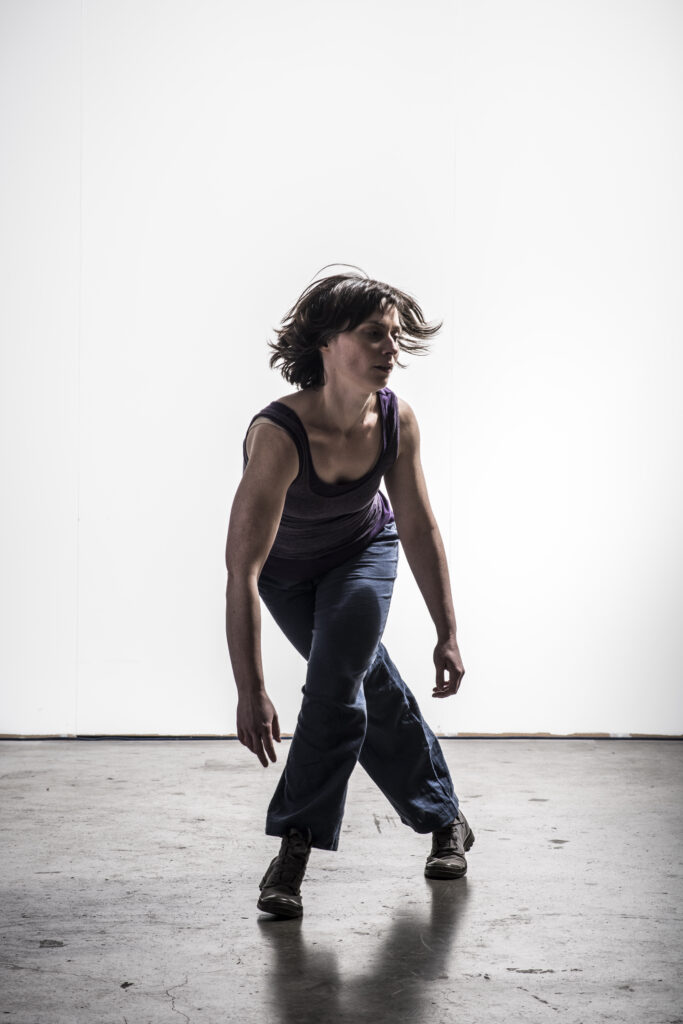
Yusuf’s newest work, Deadlock, seen final November at Sadler’s Wells, contains a rare scene the place the our bodies of the 2 performers appear to burst open in an explosion of tearing sinews, ripping viscera, splitting muscular tissues. Astonishingly, for the primary 40 minutes of an hour-long efficiency, the faces of each are largely hid by shadow or locked away in silhouette. “I wished to discover visibility,” Yusuf says. “What’s seen and what’s invisible. Visibility as energy.” Equally exceptional is that, by means of the easy bodily metaphor of working, it’s all solidly rooted in narratives of migration and displacement. “As a lot because it’s working from, we’re additionally working to. We’re working to a potential horizon,” Yusuf says. “Working again dwelling, perhaps. We’re working to a potential dream. We’re working in direction of a distant land, a distant dwelling. It may be perceived in many various methods.”
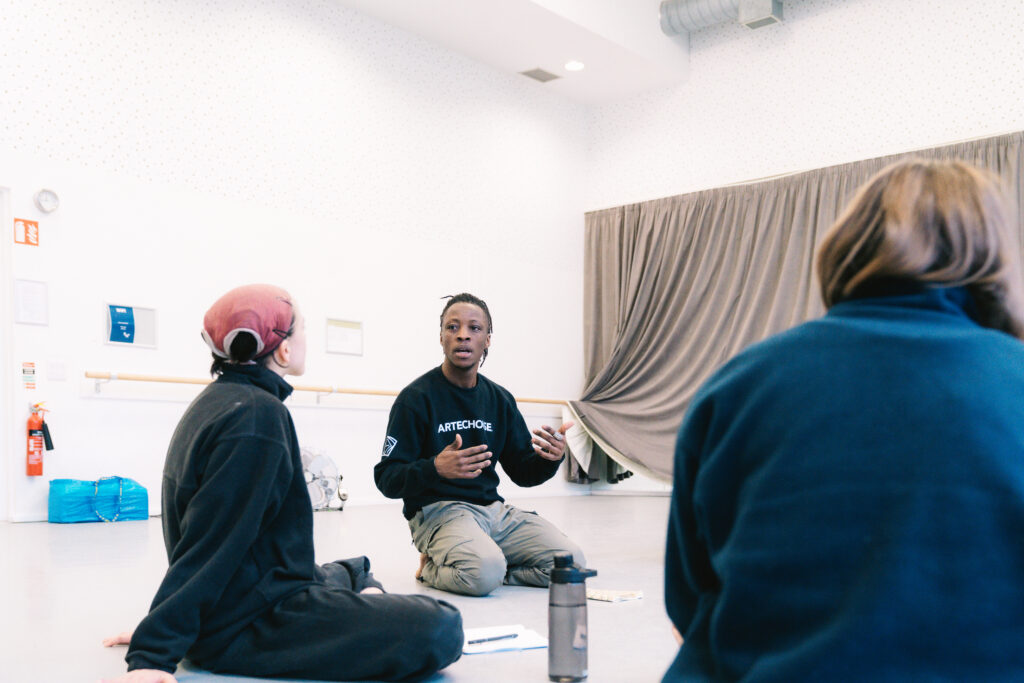
Yusuf will choreograph one installment of a trio of items—entitled Chora—for Luail’s inaugural season. I watched as he crafted this new, nonetheless anonymous dance, sculpting it from the our bodies of the brand new ensemble, steered solely by Yusuf’s mild, whispered, barely audible prompts.
This can be a group of gifted younger dancers that displays fashionable Eire’s cultural panorama. Luail contains Irish, English, American, Taiwanese, and Ugandan artists, fluent in a spread of dance types. It’s the epitome of a contemporary European firm. And it’s dwelling proof that Eire is not a dance wasteland. Lastly, there isn’t any want for the nation’s visionary dance skills to construct their very own studios, carve their very own idylls, hewn out of the land, with their very own naked arms—except, that’s, they actually need to.
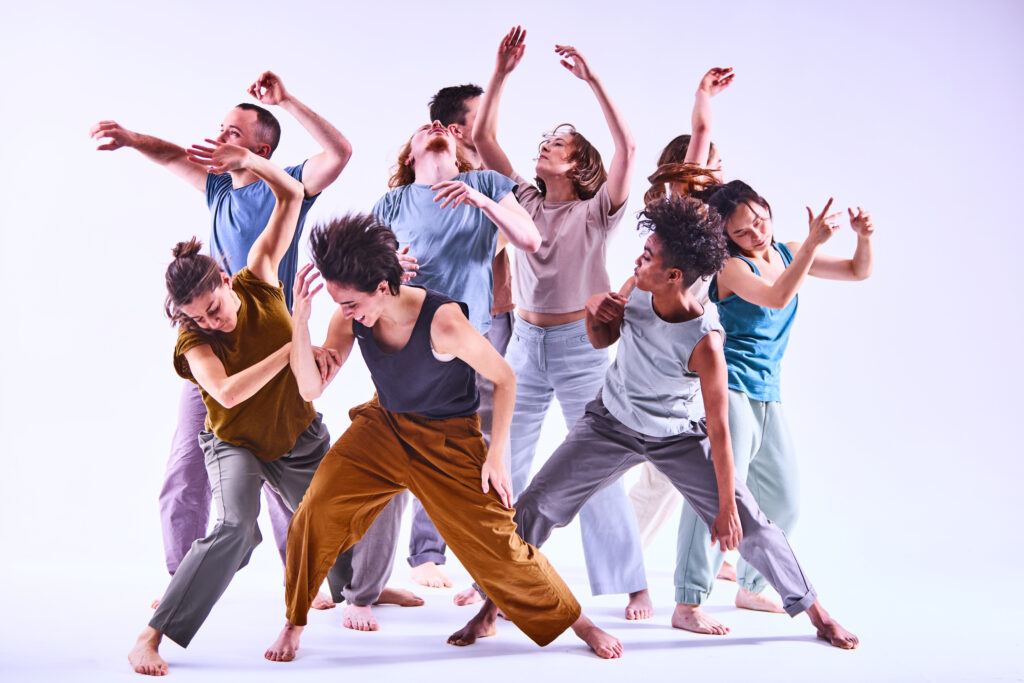
Updating Conventional Irish Dance From Inside
Till comparatively not too long ago, Eire was recognized primarily for its folks dance—and for the glitzy by-product of the shape displayed in Riverdance, which marks its thirtieth anniversary this yr. Irish folks was historically so extremely restrictive that its dancers typically stitched down the sleeves of their costumes to radically strip away expression above the waist.
“The entire strategy of step dance is down within the toes,” says Colin Dunne, former lead dancer with Riverdance. “The extra emotional components of the physique—your intestine, your abdomen, your coronary heart, your lungs, your head, your mind, even the face—have been simply disconnected from the dance kind.”
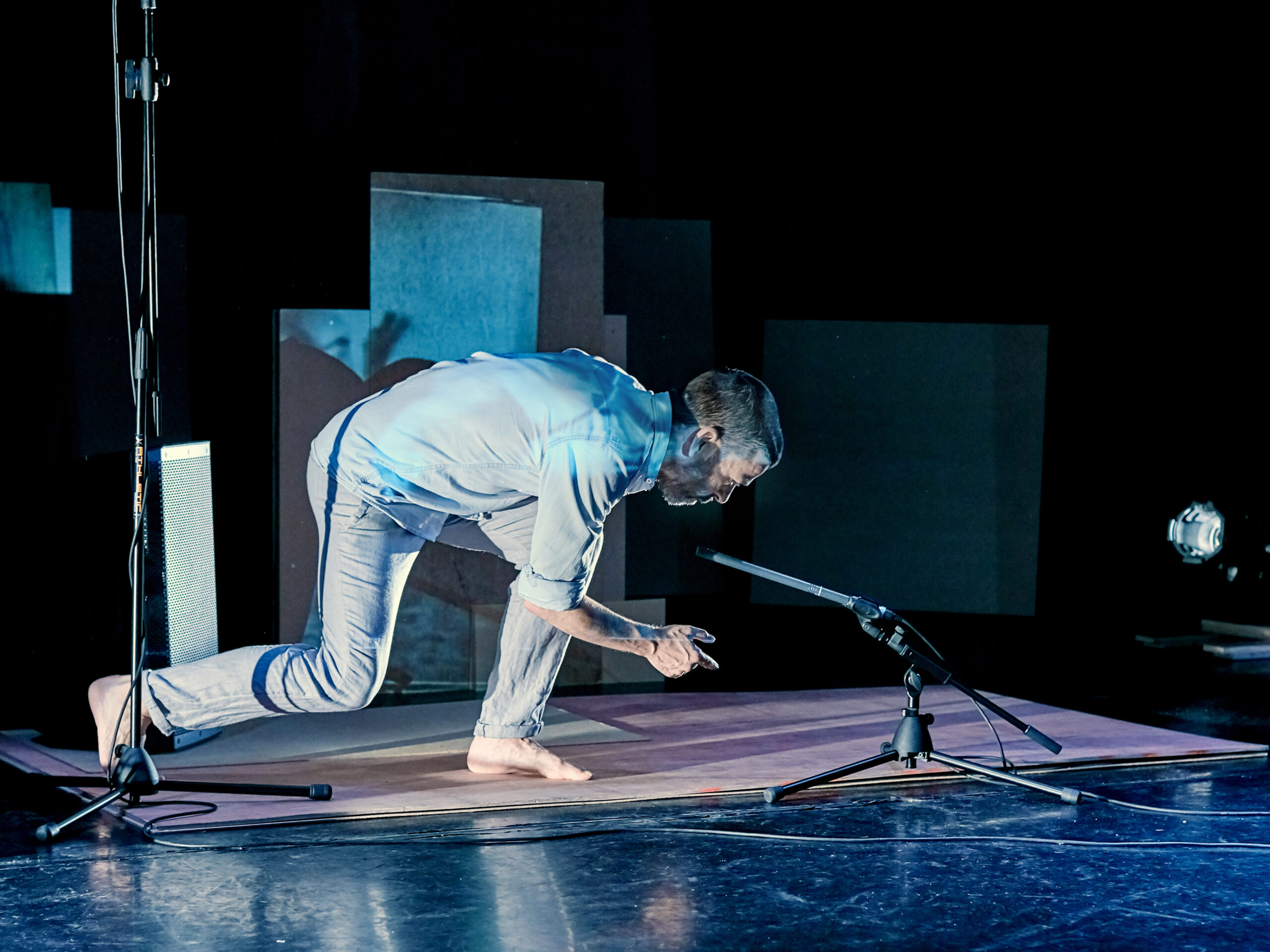
In latest a long time, a drive to modernize Irish folks dance from inside—by seasoned artists in search of extra freedom, and a youthful era pushing again in opposition to boundaries—has additionally had an influence on the general panorama of Irish dance. Since quitting Riverdance, for instance, Dunne has focused on creating tougher works, resembling 2008’s Out of Time, a present concerning the evolution of Irish dancing. One critic famous that “In a few of his materials, Dunne focuses purely on the steps, deconstructing them into fundamentals or reconfiguring them into new potentialities.”
Breaking the habits and reflexes of a lifetime proved a problem. “Irish dance is an obedient kind,” he says. “It’s taught very a lot that that is proper and that’s unsuitable and there’s solely this option to do it. I needed to give myself permission to be extra disobedient.” The final word defiance got here with Dunne’s acceptance of a number one half in Michael Keegan-Dolan’s The Bull, the place he basically performed a caricature of his Riverdance self. “It was nice to play that function,” he says. “I don’t know what I used to be releasing, but it surely was very pleasurable. And I discovered loads from working with Michael. I discovered loads about play. I discovered loads about being extra fearless.”
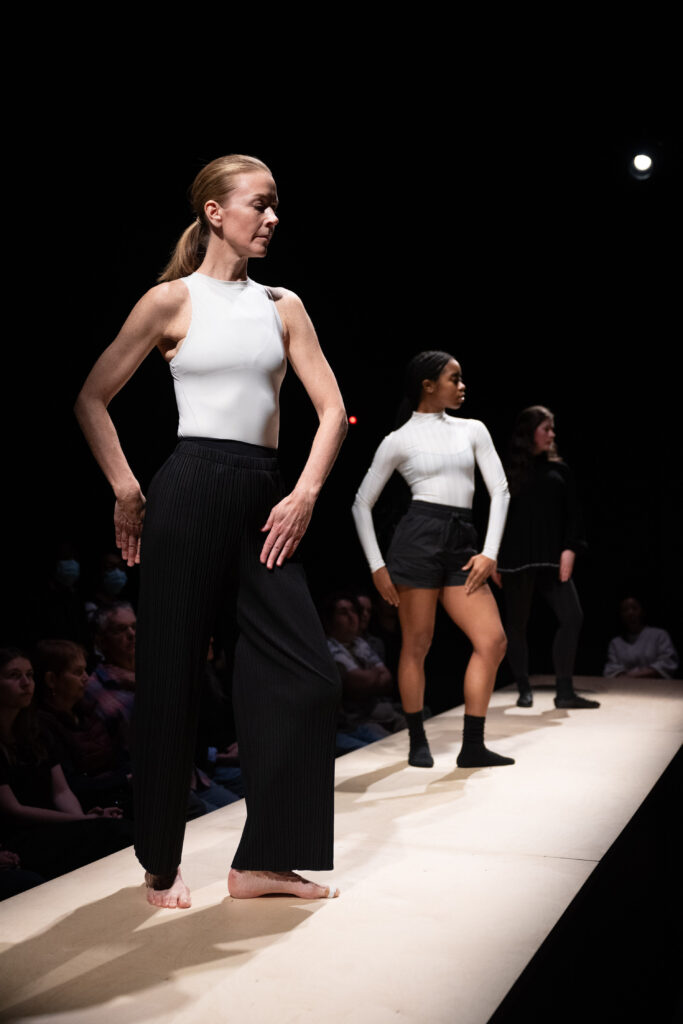
Jean Butler, the unique Riverdance feminine lead, has chosen a extra low-key path. She has plotted out a considerate profession within the contemporary-dance scene, dancing in items resembling Tere O’Connor’s 2010 postmodern solo Day and creating What We Maintain, a promenade-style reimagining of Irish folks, which had its North American premiere in New York Metropolis final yr. “I feel my strategy was to not develop into essentially a recent dancer,” she says, “however to essentially take time for the primary time in my life as a dancer to take a look at why I transfer this specific manner. To revolutionize one thing appears like fairly a declaration. And that’s not likely the place I used to be coming from. I used to be actually hoping to fly fairly quietly underneath the radar and discover and experiment in a special place.”
Others have tried to make conventional Irish folks extra inclusive, resembling Morgan Bullock, the primary Black lady to tread the Riverdance stage. Hayden Moon is mapping out a brand new path as a trans Irish dancer. “The primary option to create change in Irish dancing is illustration and elevating consciousness,” Moon advised Dance Journal in 2020. “As a result of you’ll be able to’t create change if individuals aren’t conscious of why that change is required.”

